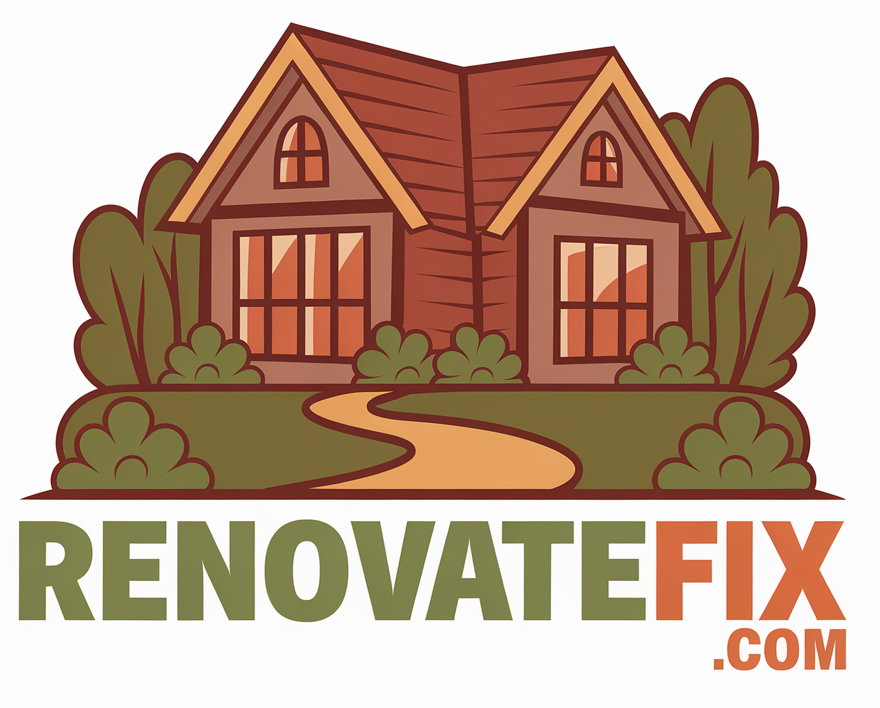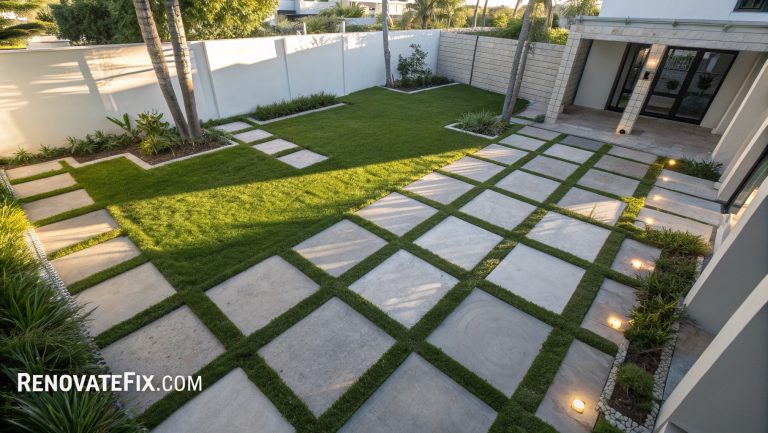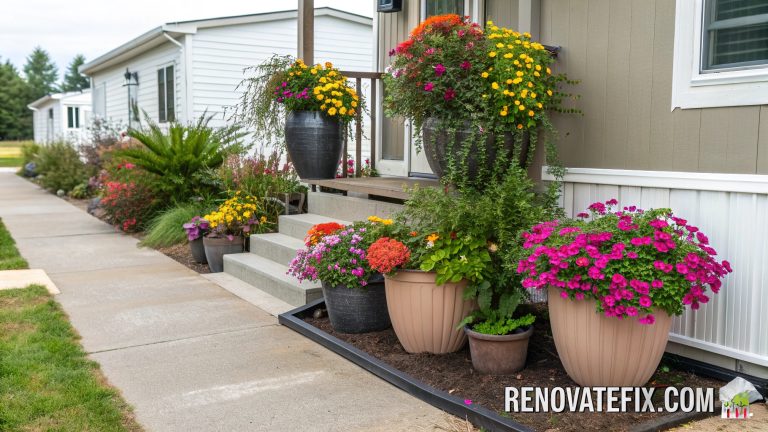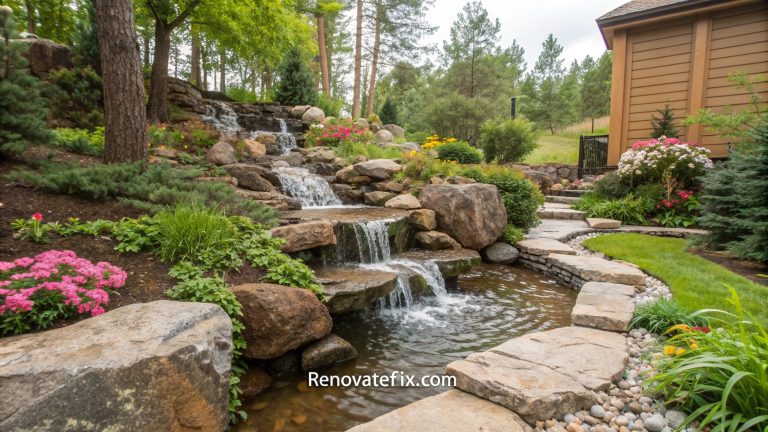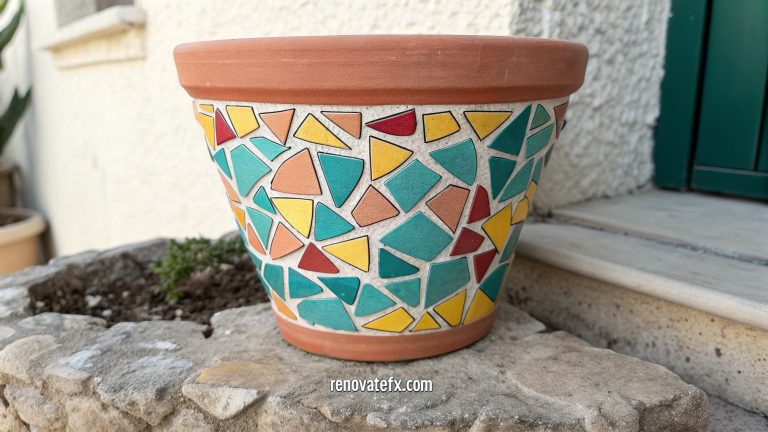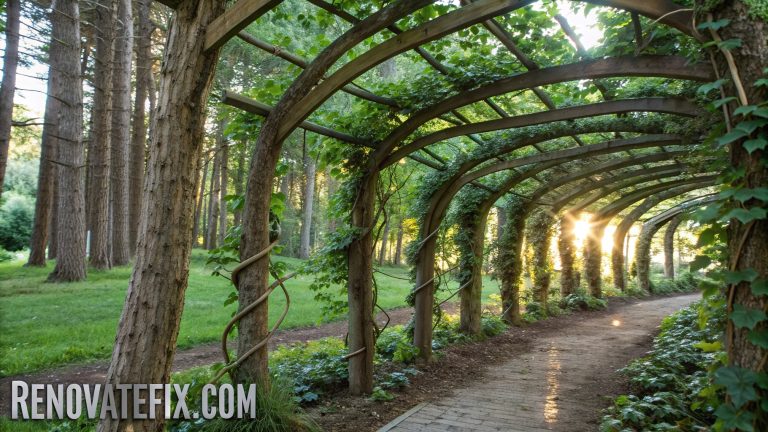Brilliant Garden Planning Ideas to Create Your Dream Outdoor Space
Creating a beautiful garden begins with thoughtful planning. Whether you’re working with a sprawling backyard or a modest balcony, proper garden planning can transform any outdoor space into a personal sanctuary.
This guide explores twelve innovative approaches to garden planning that will help you maximize your space, express your creativity, and cultivate an outdoor environment that brings joy throughout the seasons.
From sustainable practices to clever space utilization, these ideas will inspire you to think beyond conventional gardening and create something truly special.
1. Four-Season Color Mapping
Map your garden layout to ensure vibrant displays year-round by strategically placing plants with different blooming periods.

Consider early spring bulbs, summer perennials, autumn foliage, and winter berries or evergreens.
This intentional arrangement guarantees visual interest regardless of season, creating an ever-changing landscape that remains captivating throughout the year while eliminating barren patches or dormant zones.
2. Vertical Growing Systems
Maximize limited square footage by planning upward instead of outward with wall-mounted planters, trellises, and hanging containers.
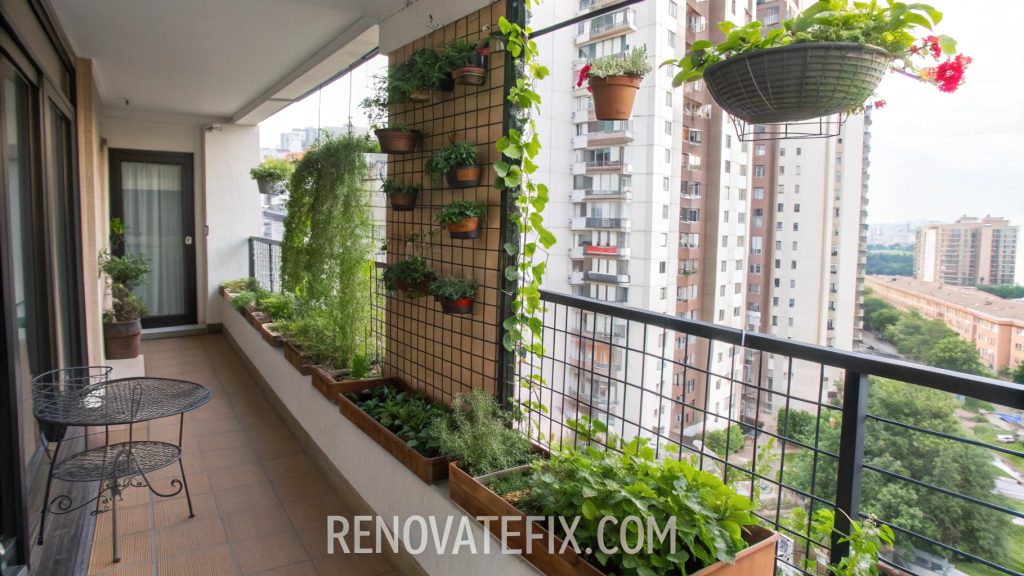
This approach works wonderfully for urban dwellers, apartment gardeners, or those with restricted ground space.
Plants naturally climbing or cascading—such as ivy, climbing roses, and trailing herbs—create living walls that add dimension while preserving precious ground area for other purposes.
3. Microclimates Utilization
Analyze your property to identify natural microclimates—areas with distinct environmental conditions like sunny corners, shady spots, windbreaks, or moisture-retaining depressions.
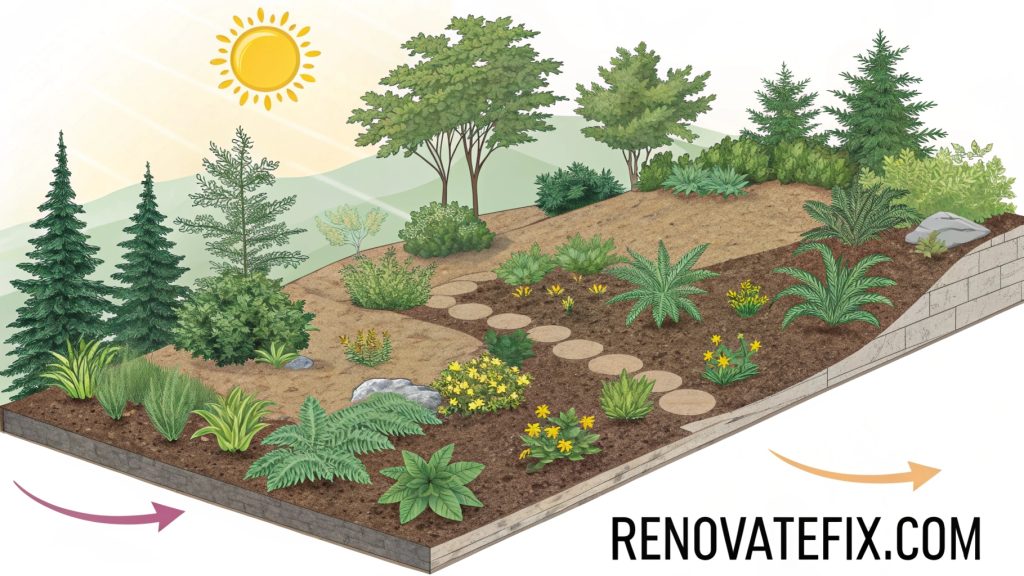
Map these variations during planning phase and match plants accordingly; situate sun-lovers in warm pockets, shade-tolerant species under tree canopies, and moisture-dependent varieties near natural water collection points.
This approach promotes optimal growth while reducing maintenance needs.
4. Modular Garden Beds
Construct adaptable growing spaces using movable, modular components that allow for layout modifications as needs evolve.
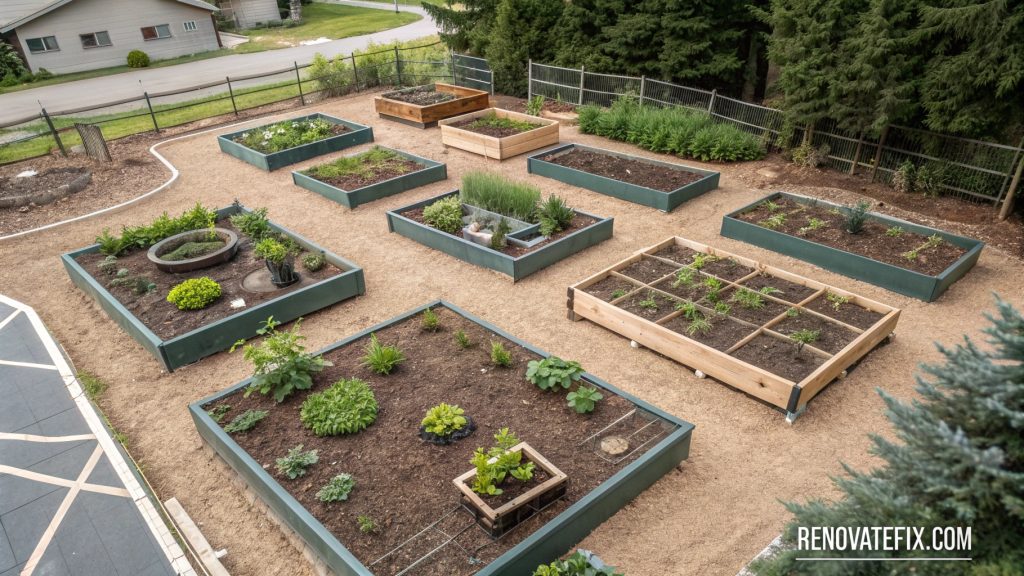
Raised beds on wheels, reconfigurable containers, or sectional planting boxes provide flexibility for seasonal adjustments, experimental arrangements, or accessibility improvements.
This system particularly benefits renters, new gardeners testing preferences, or anyone appreciating adaptability rather than permanent installations within their green space.
5. Water Management Blueprints
Develop comprehensive plans addressing water collection, distribution, and conservation across your garden ecosystem.

Integrate rain barrels, drip irrigation systems, swales, and permeable surfaces that capture precipitation, direct flow to plantings, and minimize runoff.
This strategic approach reduces utility costs, supports environmental sustainability, and ensures plants receive appropriate hydration even during dry periods without requiring constant manual watering.
6. Companion Planting Matrices
Create planting schemes based on beneficial relationships between plant species, mapping out groupings that support mutual growth, pest deterrence, or resource sharing.
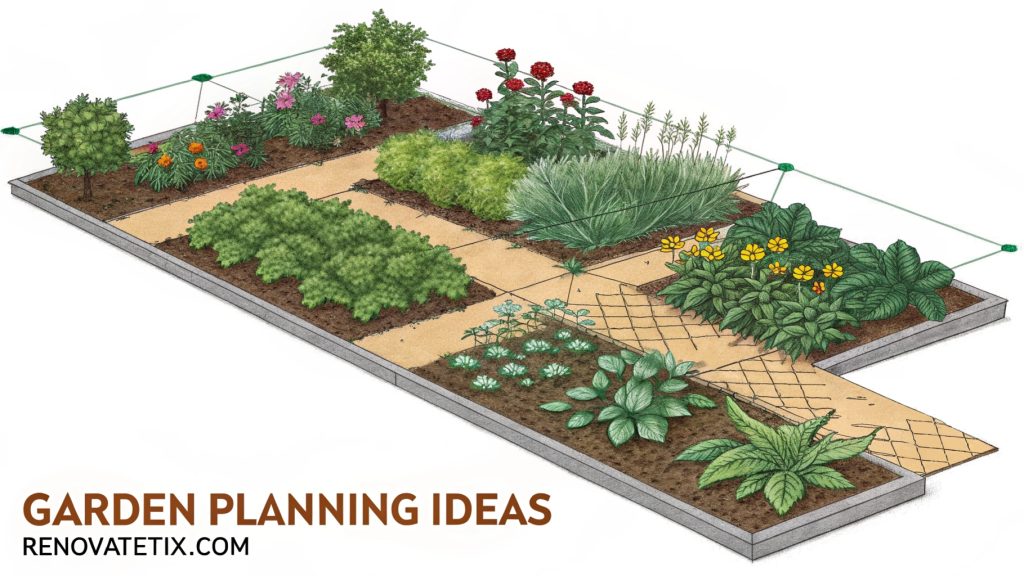
Chart combinations like tomatoes with basil, roses with garlic, or carrots with onions that naturally enhance vigor and reduce common problems.
This systematic approach improves overall garden health while decreasing reliance on artificial inputs or chemical interventions.
7. Multifunctional Zone Division
Partition your outdoor space into distinct areas serving various purposes—culinary gardens near kitchens, meditation corners beneath trees, play spaces on durable turf, entertaining patios with access to grills.
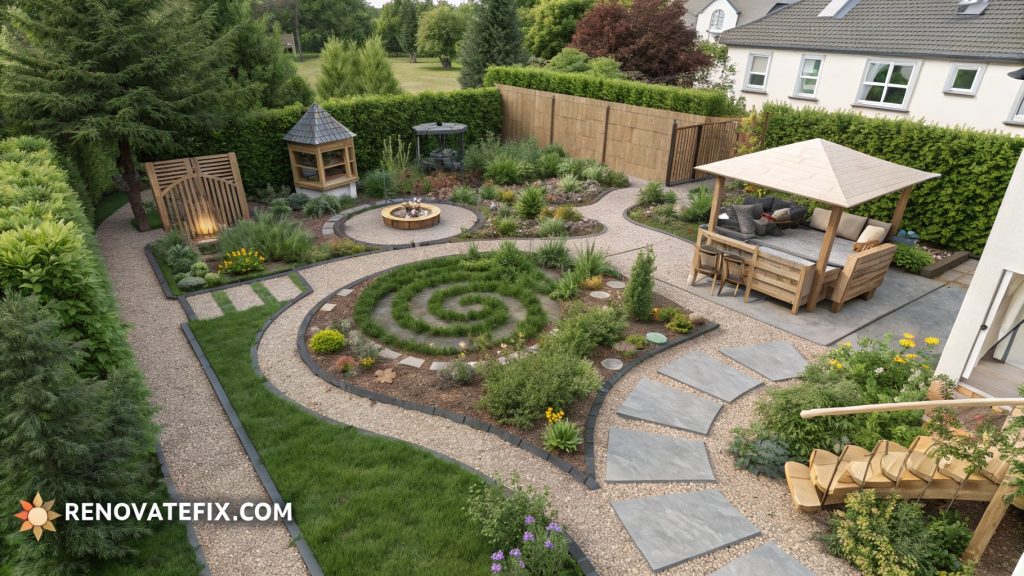
This zoning approach ensures each garden segment efficiently fulfills specific functions while maintaining cohesive flow between areas.
Consider movement patterns, logical transitions, and complementary adjacencies when mapping these purposeful divisions.
8. Successive Harvesting Plans
Chart planting schedules maximizing continuous food production throughout growing seasons by staggering crop installation, selecting varieties with different maturation periods, and planning immediate replanting after harvests.
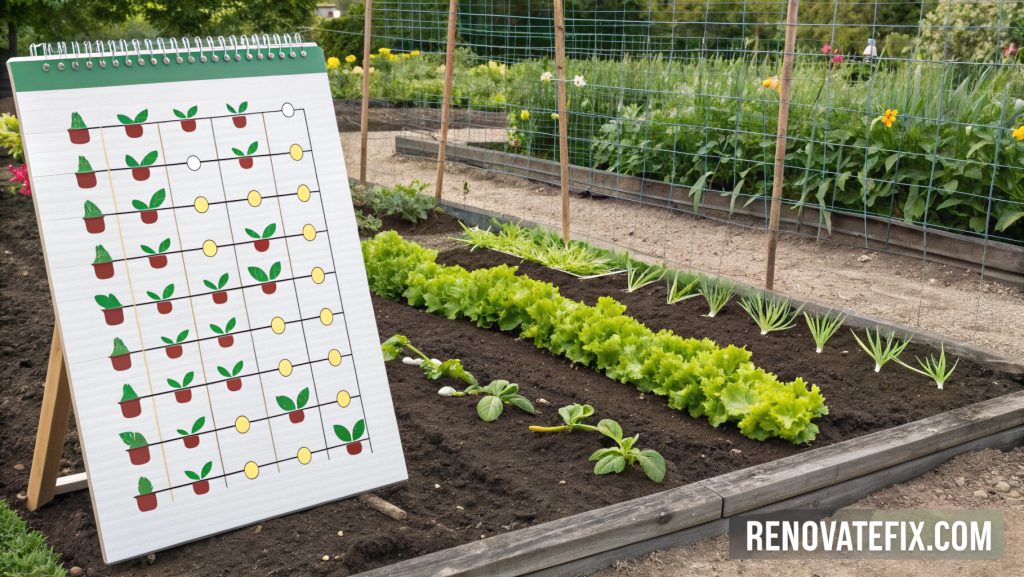
Create detailed calendars indicating when to sow early peas, mid-season tomatoes, late brassicas, and cold-tolerant spinach for uninterrupted yields.
This approach ensures steady produce availability while utilizing garden space efficiently.
9. Wildlife Support Corridors
Design intentional pathways supporting local fauna by connecting garden elements with wildlife-friendly features—native plant groupings, water sources, shelter opportunities, and food-producing species.
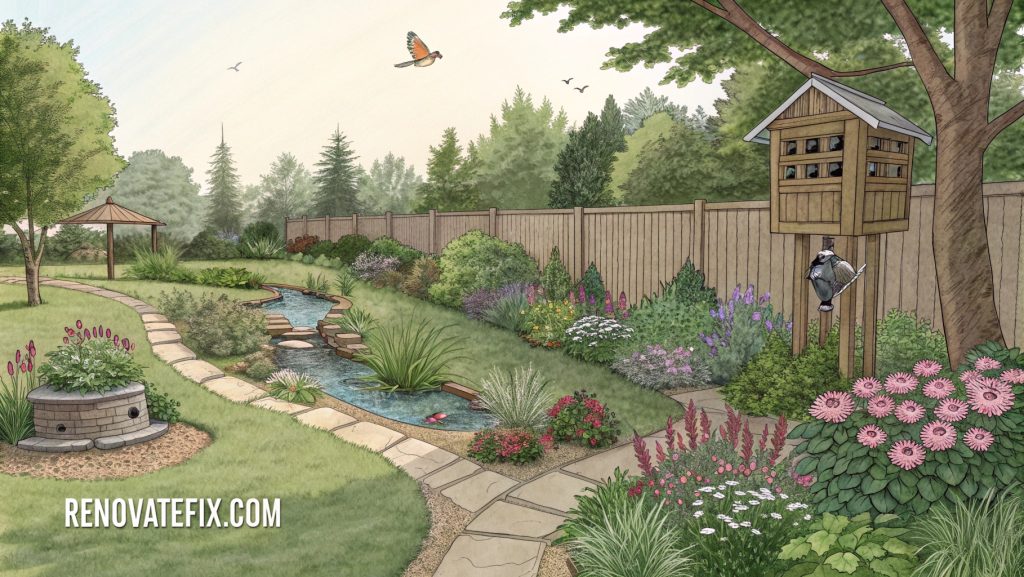
Map routes allowing birds, pollinators, and beneficial insects to navigate your property safely while accessing necessary resources.
This ecological approach enhances biodiversity, supports natural pest control, and creates fascinating observation opportunities throughout your cultivated space.
10. Smart Space Allocation
Analyze available square footage to determine optimal proportions for different garden elements based on actual usage patterns and maintenance capacity.

Dedicate larger sections to frequently enjoyed activities or productive growing areas while minimizing high-maintenance features if time constraints exist.
This pragmatic planning prevents common pitfalls like oversized lawns requiring excessive mowing or ambitious vegetable plots exceeding available care time.
11. Adaptive Shading Solutions
Plan movable or seasonal shading structures accommodating changing light conditions, temperature fluctuations, and plant requirements throughout growing seasons.
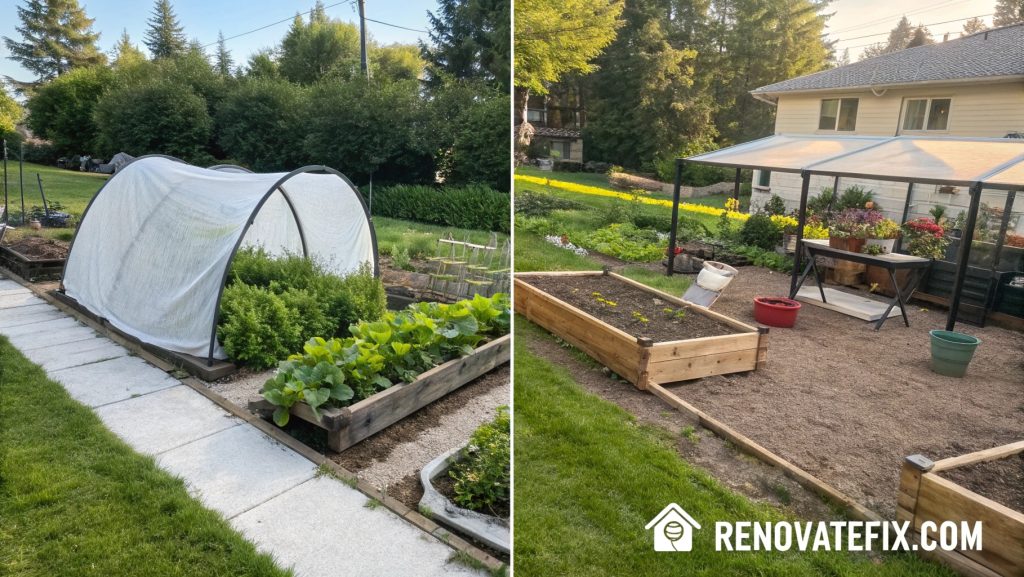
Consider retractable awnings, removable shade cloths, strategically placed trellises with deciduous vines, or repositionable containers with tall plantings.
This flexible approach creates microclimates on demand, protects sensitive crops during intense heat, and adapts as sun angles shift between seasons.
12. Growth Phase Planning
Map anticipated changes over multi-year periods, acknowledging how plants mature, spread, and evolve throughout their lifecycles.

Create scaled diagrams showing young installation phase, middle establishment period, and mature growth patterns several years ahead.
This forward-thinking approach prevents overcrowding, reduces future transplanting needs, and creates purposeful spaces that improve rather than deteriorate as vegetation reaches full size potential.
Conclusion
Effective garden planning extends far beyond simply selecting attractive plants—it involves thoughtful consideration of space, time, resources, and personal priorities.
By implementing these twelve approaches, you’ll create a garden that not only looks beautiful but functions brilliantly for your specific needs and continues to evolve and improve year after year.
Remember that garden planning is both a science and an art; while structure and organization provide necessary foundations, allow room for creativity and spontaneity as your outdoor space develops its own character.
Whether you’re working with acres of land or a modest balcony, these planning strategies will help you maximize every square inch and create a garden that brings joy, sustenance, and connection to nature for years to come.
